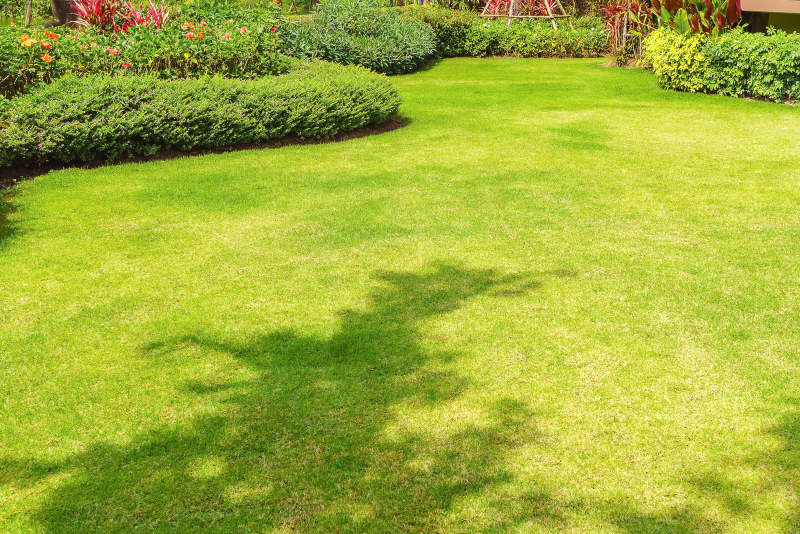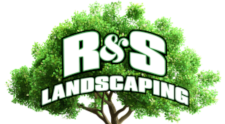What is the Best Way to Deal with Lawn Thatch?

Thatch is a thick mat of decaying plant debris that can develop to cause brown patches on a lawn. Thatch is a sign of pH imbalance. You may get a “spongy” feeling when step into the grass.
Thatch can be an issue, especially in lawns that have received chemical treatments that have damaged the grass’ natural ability to decompose. Wet thatch is a magnet for fungi, while dry thatch will repel water.
However, lawns receiving more frequent care generally have more thatch than less maintained lawns. Here’s how!
Taking off thatch
The best prevention would be to even out the pH of the soil where the grass grows. This is accomplished with a power rake, or dethatching machine, which uses steel blades or stiff wire tines and cuts into the thatch to the soil line and shredders and pulls that thatch up and out of the soil surface.
Contact your local garden supply store for more information. Best time for de-thatching is late spring. Do not do it in the height of summer or if the grass is wet as the lawn may be stressed. While hand raking is less damaging, raking large lawns can be laborious and draining.
Natural Thatch Removal
Dilute the molasses in hot water and spray on the grass so that the natural creatures can feed on this thatch layer.
Alternatives to Dethatching
Mechanical dethatching with a power rake can be very damaging. It can therefore be better to aerate lawns with high thatch levels. Aerification can be used to control thatches greater than 3/4 inch thick. Aerate your grass annually and reduce your water and fertilizer rates to mitigate thatch formation.
Final Thoughts
Dethatching your lawn DIY is a challenge. For fact, if DIY is not your choice, have the pros with R & S Landscaping contact 505-271-8419 the quote to use Albuquerque dethatching provider.
